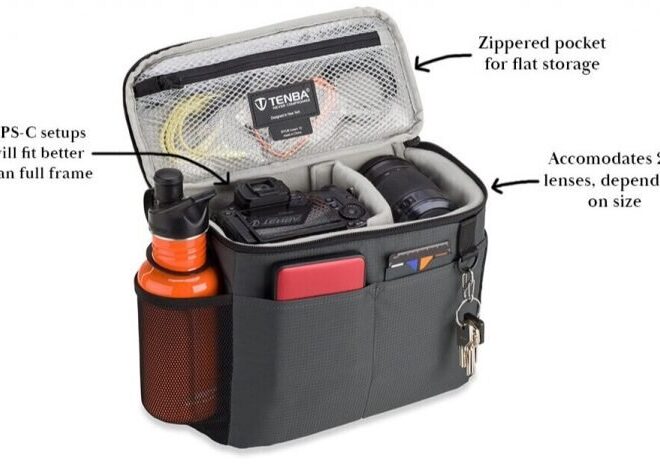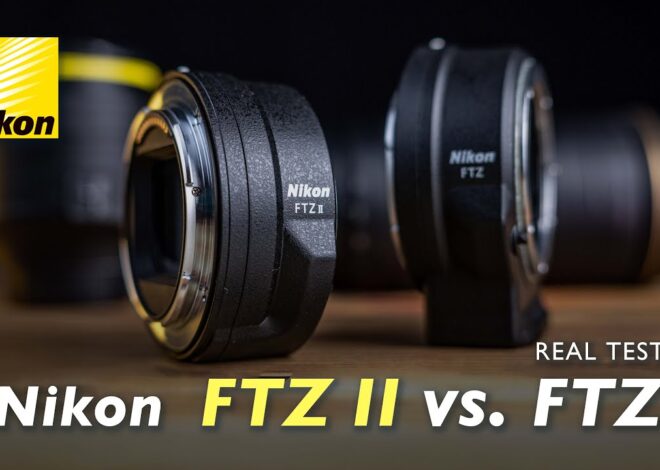
Canon rf 24-105 vs rf 24-240: Why is Choosing the Perfect Lens so Important?
As an Amazon Associate, I earn from qualifying purchases.
The Canon RF 24-105mm and the RF 24-240mm are two standard kit lenses that Canon bundles with their Eos Rp camera.
Choosing the right lens is always more important because it’s the lens’s functionality and performance that decide the final image quality more than a camera body does. In most cases, the lens is a much more crucial investment.
I’ll be taking a look at canon RF 24-105 vs RF 24-240. There are two key points here. Getting the lenses separately or as a kit with the Eos Rp camera.
If Canon is the preferred camera manufacturer to buy from then it would be a wise choice to include one of these lenses and buy either in a bundle for a discount or at cheaper prices.
canon rf 24-105 vs rf 24-240: Quick Comparison Chart
Some key differences between canon RF 24-105 vs RF 24-240:
| Features | canon RF 24-105mm | canon RF 24-240mm |
| Lens type | Standard Zoom | Super Zoom/Telephoto |
| Focal length | 24-105mm | 24-240mm |
| Mount | Canon RF | Canon RF |
| Maximum magnification | 0.5x | 0.26x |
| Minimum Focus Distance | 0.13m | 0.5m |
| Optical Zoom | 4x | 10x |
| Weather Sealing | N/A | N/A |
| Weight | 395g. | 750g. |
| Price | On market | On market |
| Release date | February 2020 | July 2020 |
What are the Key Differences Between Canon rf 24-105 vs rf 24-240?
The two lenses are fundamentally similar in a lot of aspects. Even though both can be purchased as a bundle with a camera, I think most people who want to buy the Canon RF 24-240mm will be getting the lens as an upgrade to an already purchased kit lens.
Price
There is a huge difference in the price of the lenses. The Canon RF 24-105mm is priced at only $399. If it’s bought as a bundle the cost reduces down to $299 and a $100 discount is available.
The Canon RF 24-240mm is priced at $899 when bought separately. When it’s bundled with a camera such as the Canon Eos RP, the cost comes down by $200 making it only $699. There are also frequent offers that reduce the cost even more but it is only for the bundle and not the lens alone.
The canon RF 24-105mm takes a staggering lead on price as it is half the price of the Canon RF 24-240mm even with the offers and promotions. So, the Canon RF 24-105mm is the distinct winner.
Design, Build and Spec
These lenses are built with plastic. The 24-105mm has a very plastic and cheap feel to it. It Is exactly what to expect from the price. The 24-240mm lens, however, even though its plastic has a really solid build quality.
Here are sample images of the two lenses.

The focus ring is on the front and the zoom ring is on the back of the 24-105mm. The positions of the rings are switched on the 24-240mm and the focus ring is in the back so it can be sometimes hard to adjust. All of these rings are made out of rubberized material.
The 24-240mm is slightly thinner but taller while the 24-105mm looks bulkier and it is quite shorter than the other one.
None of these lenses come with weather sealing or splash protection so it is advisable to be wary of that and not take the lenses out in heavy rain.
The 24-240mm has a metal lens mount and weighs around 750g. The 24-105mm does not have a metal mount and weighs a meager 395g. So the 24-105mm is more comfortable to hold for longer durations of photography sessions.
Both lenses operate with external zoom so the barrel extends outwards when zooming in and with no weather sealing these lenses collect a lot of dust and have to be maintained and cleaned quite frequently.
Here are images of the lenses’ fully extended zoom length.

These lenses also do not come with a focus mode changing button to switch between auto and manual focus types. It is instead replaced by a ‘Focus/Control’ button. The control mode can be used to control ISO, Aperture and other settings in the camera.
These lenses also have a zoom lock button that comes in quite handy when it is attached to a strap. They also have another button for image stabilization.
Overall, the two lenses feature quite similar aspects in design and build specifications with the 24-240mm being better built and sturdier than the 24-105mm lens.
So the Canon RF 24-240mm gets a point in this regard and is the winner.
Performance and setbacks:
Right off the bat, there is a difference in the focal range of the two lenses. One of them has a max focal length of 105mm and the other has 240mm. The 24-240mm is a telephoto category and is more versatile.
However, the 240mm range can sometimes introduce a lot of vignettes in raw images if it is not calibrated properly. It also creates distortions around the corners of the images
Here is a demonstration.

The left one shows the distortion of the raw images and the right one has the vignetting issue.
Here’s a camera-processed jpeg image.

To get this perfect image and compensate for the distortion and vignette, the lens has to lose some resolution and image quality.
Another problem is that the 24-240mm has a variable aperture. So the more it zooms in the darker the images get. And the low light performance also takes a hit as it is zoomed in. The 24-105 also has this issue but since its focal range is not as much as the other lens it is somewhat better off.
There are versions of these lenses, ‘The L lineup’ that comes with a fixed aperture but those are more expensive than the variable aperture variants of these lenses.
Let’s look at some samples.

To get a proper comparison of image quality, sharpness and color reproduction the 24-240mm lens is used at a focal length of 105mm.
Here, the Canon RF 24-240mm has the sharpest image. The edges around the leaves look well-defined. On the other hand, the Canon RF 24-105mm creates a blur effect on the edges of the leaves. The pixel density is also higher on the 24-240mm lens.

The bokeh balls are more elegant and round-shaped on the Canon RF 24-240mm lens creating a stunning look of the background. It also has more sharpness and better overall image quality.
The Canon RF 24-105mm lacks detail in the images. It doesn’t produce enough colors for the images to be mesmerizing. It takes average photos and for the price point, it performs exactly as it is supposed to.
The Canon RF 24-240mm also has better color reproduction than the Canon RF 24-105mm. Colors are more vibrant and lifelike on the 24-240mm.
In the performance comparison, the Canon RF 24-240mm bests the Canon RF 24-105mm. So, the winner here is the 24-240mm lens.
Canon rf 24-105 vs rf 24-240: What is the right choice?
The Canon RF 24-105mm performs as it is supposed to, being the cheapest RF zoom lens to date.
The Canon RF 24-240mm is an all-around lens with a large focal range to suit the desires of the photographers.
It can be used as a portrait, landscape or even sports photography lens to some degree. It has more versatility in terms of what photos are to be taken with a lens.
Even if the price of the 24-240mm is $500 more for buying the lens separately it makes good on it and delivers the results it should for being more expensive. And with bundle offers it is always the better choice between the two.
Final Words
These were my discoveries on the topic of canon RF 24-105 vs RF 24-240.
I hope that it answers the question of which lens to get for the Canon Eos RP camera. The Canon RF 24-240mm will for the most part produce the best images. It is a multipurpose lens that can adapt to almost every type of photography scenario.
For beginners, with a tight budget, the Canon RF 24-105 is a fairly good choice for the price as well. That will be the only time it is suggested for purchase.
Related Posts:
- Canon rf 100-500 vs Sony 200-600: The Super Zoom Lens Debate
- 150mm vs 200mm Lens: The Different Focal Lengths and Their Use Scenarios
- Kenko vs Tamron Teleconverters & Why Should Consider Using These
- Tamron 70 200 G2 vs Nikon 70 200 Vrii: The Ultimate Comparison
- Panasonic 12-35 vs 12-60: Consider Getting a Standard zoom lens?



